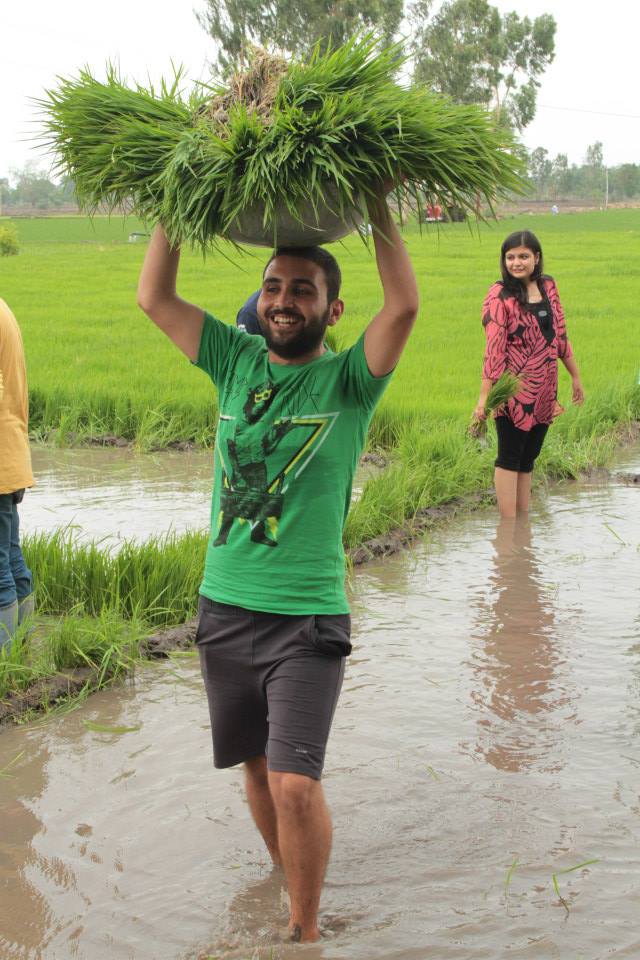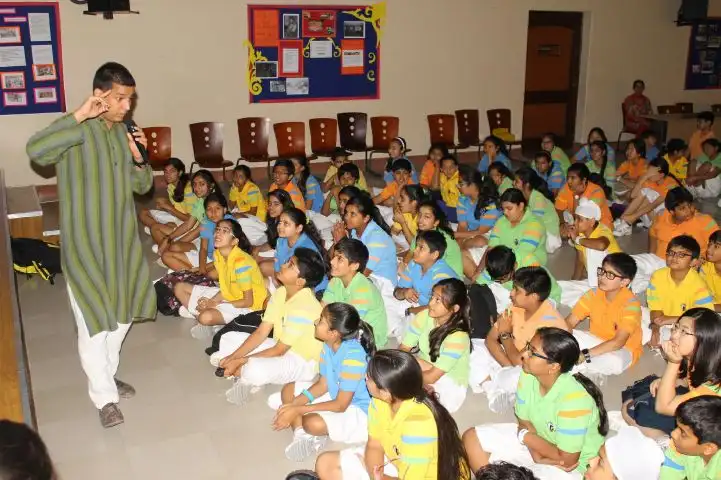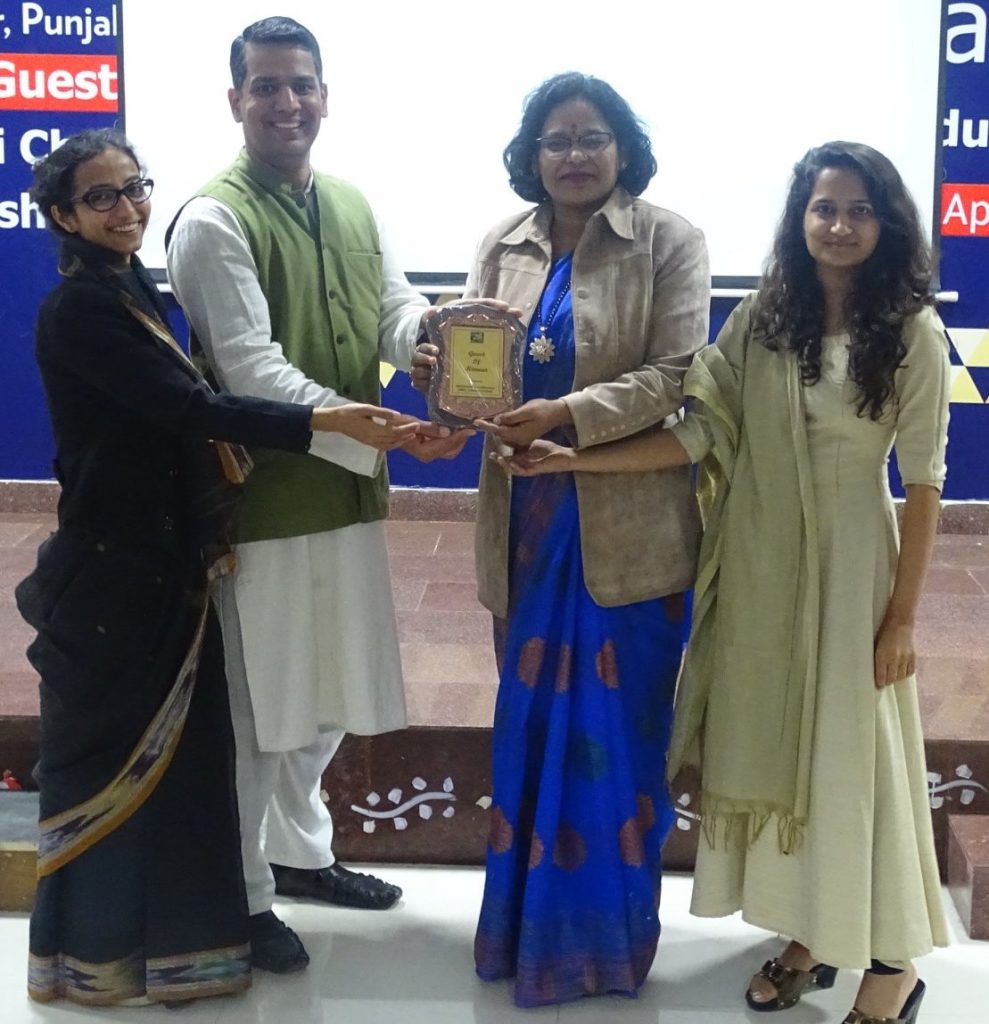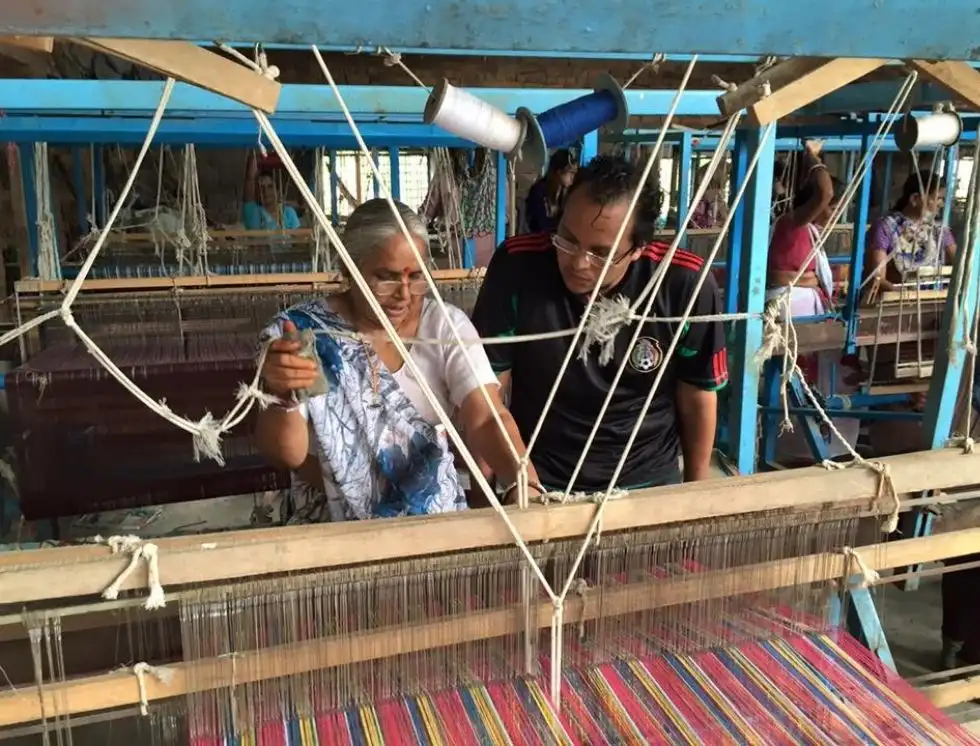Started by Gaurav Shorey in 2014, 5waraj is an NGO that works along with educational institutions to create awareness about local methods of sustainable living. Juveria Tabassum takes us through the work that this NGO does.
For Gaurav Shorey, co-founder of Delhi-based NGO 5waraj, sustainable living is imbibed into five important aspects of a community—bhasha, bhojan, bhesh, bhavan, bhajan, or the five Ds of true swaraj—dialect, diet, dress, dwellings, dances and songs. “There are 155 soil types in India. In rural India you will find that these Ds, along with divinity, change as you move across soil types to signify what people grow. It is necessary that we look at this through the lens of science, and that we do so positively instead of shooting it down,” explains Gaurav.

An agenda adopted by all Member States of the United Nations, sustainability must be adopted as a way of life if humans are to continue inhabiting Mother Earth in the decades to come. “5waraj was established in 2014. We work with educational institutions, creating awareness about local and indigenous methods of living that have sustainability inherent to them,” says Gaurav.
Getting urban youth to acknowledge and take pride in local practices is one of 5waraj’s major goals.
5waraj also gathers on-field data with the intention of documenting the 155 soil types across India, to compile and present back to the local communities. They intend this to be a database for any policies that the government formulates towards sustainability. “We need to start respecting what is local, and that should be reflected in our policies too. We tell people that if it doesn’t have a translation in a local language, just throw it out the window. Avocado shove-acado,” Gaurav declares, explaining that things that aren’t locally grown and do not belong to this climate will have an impact on your digestive system, whilst playing havoc with the soil.

The organisation believes that communities have developed methods over many centuries that help them make optimum use of their resources. And in India, they do so by worshipping and valuing said resources. Conservation, says Gaurav, is the fallout of the worldview of a society that doesn’t respect the water. “The first step is to not let water get polluted at all,” he insists. “Aaj Bhi Khade Hain Talaab by Anupam Mishra, India’s original waterman is a classic text that explains that in rural India, it was believed that the best possible gift they could give to people is a water reservoir,” confides Gaurav, adding that every village has a jhol (lake) for natural collection of rainwater and the primary source of rejuvenation of groundwater. Another thing common in rural India is Kuan pojan, wherein when a new person enters the village, the entire community prays to the well that provides water, asking it for its benevolence and blessings.
Getting urban youth to acknowledge and take pride in local practices is one of 5waraj’s major goals. “The education system is at fault for not imbibing a sense of community among young people, and teaching competition and comparison instead,” Gaurav believes. 5waraj has continued to work towards this goal tirelessly, reaching out to over 10,000 people even during the lockdown. The organisation believes that it is possible to imbibe rural sustainable practices in cosmopolitan cities too. “Young people are open to such a lifestyle these days,” insists Gaurav, adding, “All we need to do is amplify what works.”

















I would like to thnx for the efforts you have put in writing this blogpost. I am hoping the same high-grade article from you in the upcoming as well. In fact your creative writing skill has inspired me to get my own blog now. Really the blogging is spreading its wings quickly. Your write up is a good model of it.
corteguay martineau catheter mattsson tealeaf sear artastic toboggan illmatic